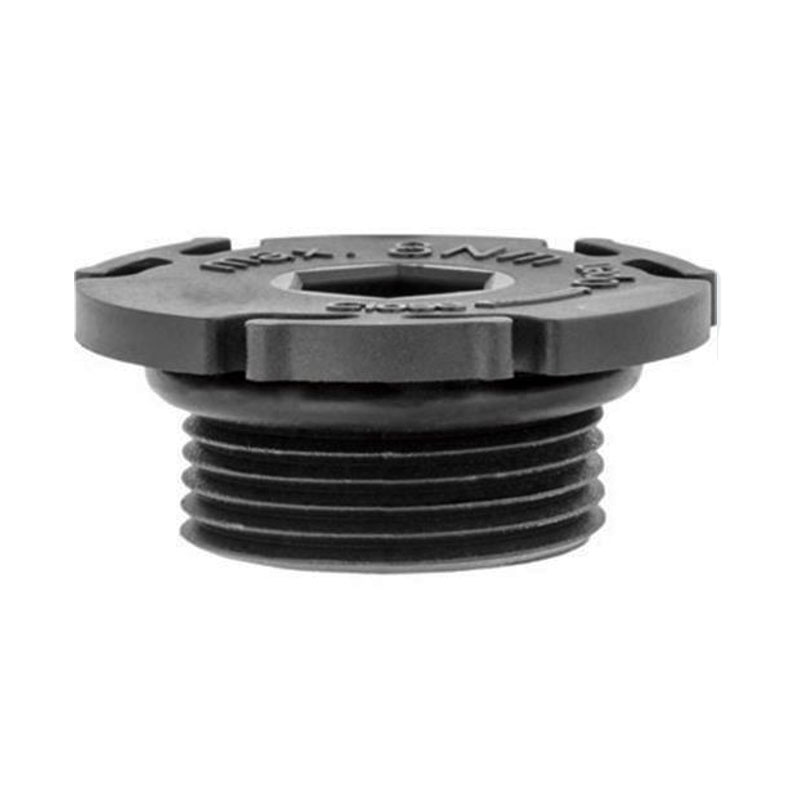Overview of 727 Transmission Front Seal Replacement and Maintenance Techniques
Understanding the 727 Transmission Front Seal Importance and Replacement
The 727 transmission is a three-speed automatic transmission that has gained popularity among automobile enthusiasts, especially in classic Chrysler, Dodge, and Plymouth vehicles. Renowned for its durability and reliability, the 727 transmission has stood the test of time. However, like any mechanical component, it may require maintenance and repair over time. One crucial component of the 727 transmission is the front seal. Understanding its function, symptoms of failure, and replacement process is essential for any vehicle owner or mechanic.
What is the Front Seal?
The front seal of the 727 transmission is a vital component that helps keep fluid contained within the transmission. It is located at the front of the transmission case where the torque converter is bolted to the transmission assembly. Essentially, the front seal prevents transmission fluid from leaking out as the torque converter rotates while the engine is running.
Importance of the Front Seal
The front seal plays a critical role in maintaining the proper fluid level within the transmission. Automatic transmissions rely heavily on hydraulic fluid to facilitate gear changes and maintain lubrication. If the front seal fails, it can lead to significant fluid loss, resulting in low fluid levels that may cause erratic shifting, overheating, and eventually, complete transmission failure. Regular checks and maintenance of the front seal can prolong the life of your transmission.
Symptoms of a Failed Front Seal
Recognizing the symptoms of a failing front seal can prevent further damage to your transmission. Here are some common signs to look out for
1. Fluid Leaks If you notice red or brown fluid pooling beneath your vehicle, it could be a sign that your front seal is leaking. Transmission fluid is typically red, and finding it on your driveway or garage floor is cause for concern. 2. Low Fluid Levels Frequent checks of the transmission fluid level can help you identify leaks early. A drop in fluid levels can lead to poor performance and shifting issues.
727 transmission front seal

4. Overheating Transmission fluid also acts as a coolant. If the fluid is leaking, the transmission may overheat due to the lack of adequate lubrication and cooling.
Replacing the Front Seal
If you suspect that your 727 transmission front seal is failing, it is essential to address the issue as soon as possible. Replacing the front seal involves several steps
1. Preparation Begin by ensuring you have the necessary tools and replacement parts. You’ll typically need a new front seal, a socket set, and possibly some transmission fluid.
2. Remove the Transmission The front seal is located behind the torque converter, so you will need to remove the transmission from the vehicle. This can be a labor-intensive process that may require jacking up the vehicle and using a transmission jack.
3. Access the Front Seal Once the transmission is removed, you can access the front seal. Carefully remove it using a seal puller or appropriate tool.
4. Install the New Seal Ensure that the mating surfaces are clean and free of debris before installing the new front seal. Gently tap it into place using a seal installer or a suitable tool.
5. Reassemble Reattach the torque converter and reinstall the transmission back into the vehicle. Fill the transmission with fresh fluid and check for leaks.
Conclusion
The front seal of the 727 transmission may be a small component, but it plays a monumental role in the overall operation of the transmission. Regular maintenance, timely replacements, and awareness of symptoms indicating failure can ensure that your transmission continues to function optimally. As always, if you are not comfortable performing these repairs yourself, consulting a professional mechanic can save you time, money, and headaches in the long run.
-
Understanding the Front Main Engine Seal: Purpose, Maintenance, and Installation
News Jul.29,2025
-
Understanding O-Rings and Seal Rings: Types, Applications, and Custom Solutions
News Jul.29,2025
-
Understanding Crankshaft Oil Seals: Rear Seals, Pulley Seals, and Their Role in Engine Integrity
News Jul.29,2025
-
The Importance of Front and Rear Crankshaft Seals in Engine Performance and Oil Management
News Jul.29,2025
-
Crank Oil Seals: Functions, Types, and Cost Considerations in Engine Maintenance
News Jul.29,2025
-
A Comprehensive Guide to O-Rings and Seals: Types, Materials, and Global Applications
News Jul.29,2025
-
Mastering Diesel and Performance Engine Maintenance: A Guide to Critical Oil Gaskets
News Jul.28,2025
Products categories















